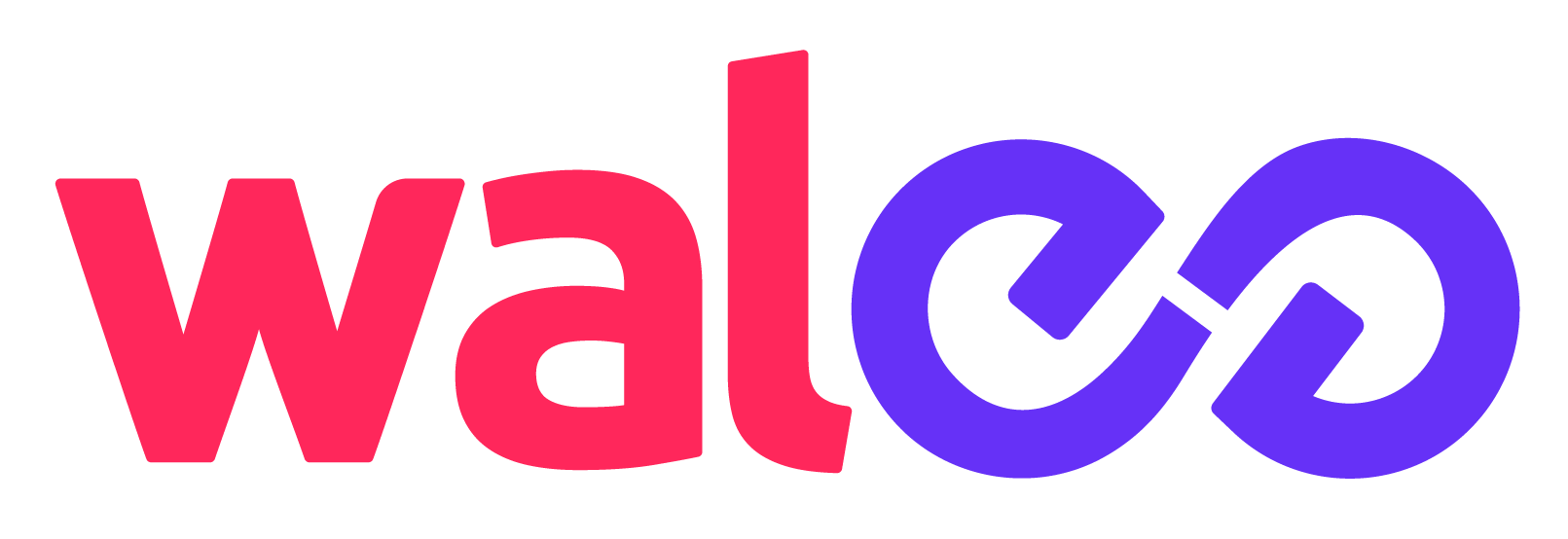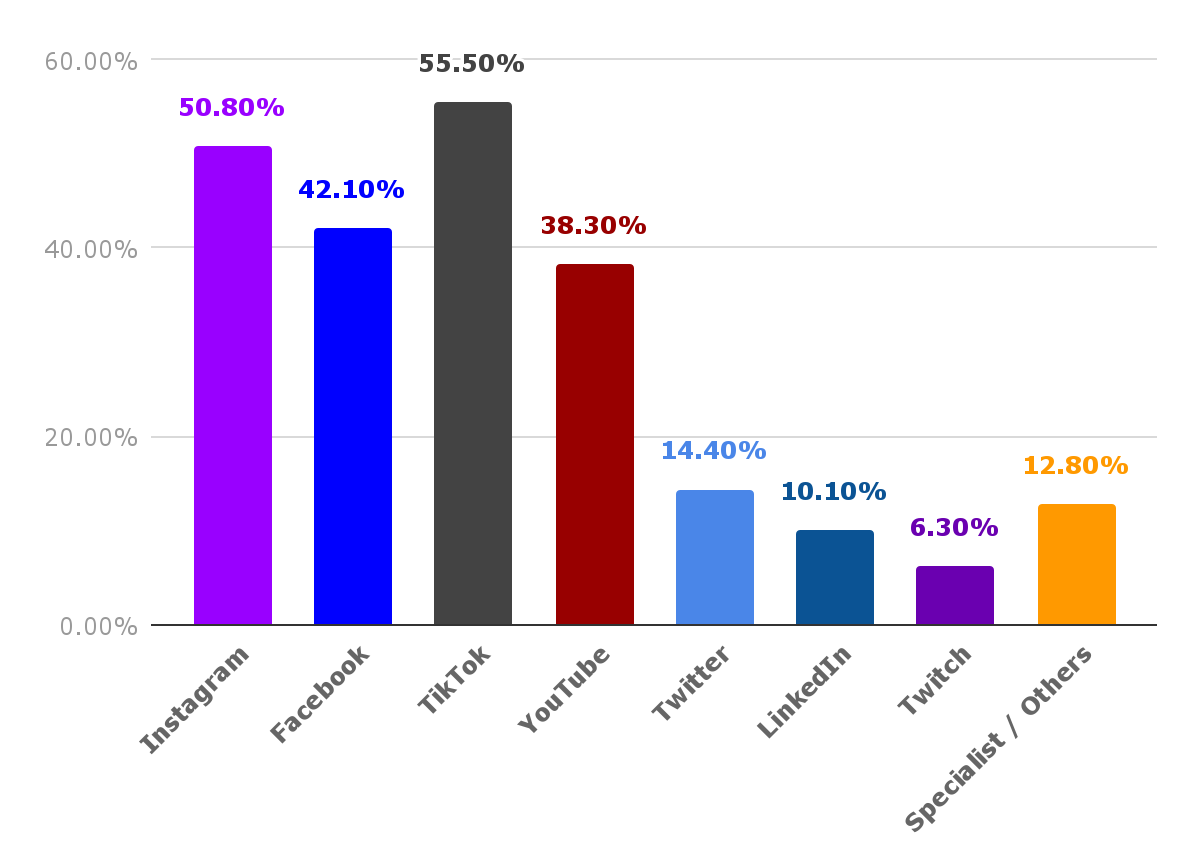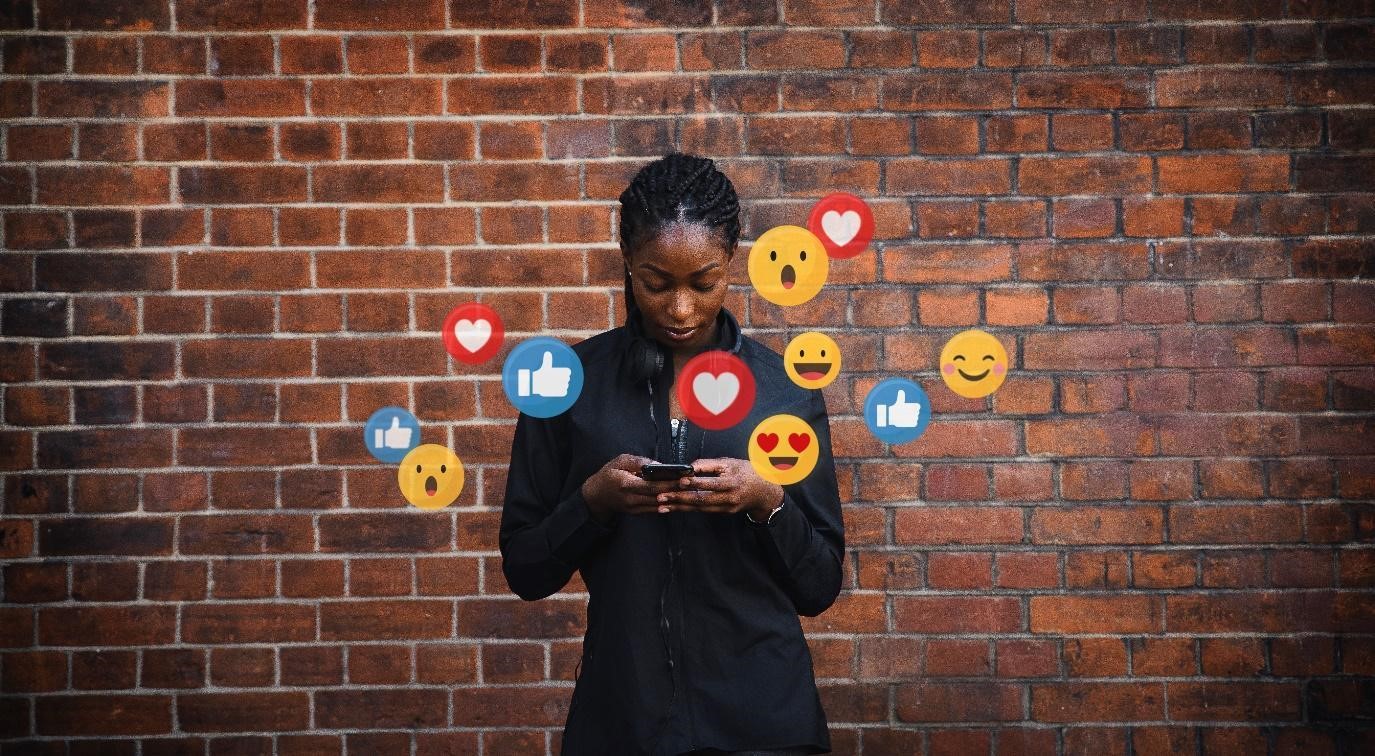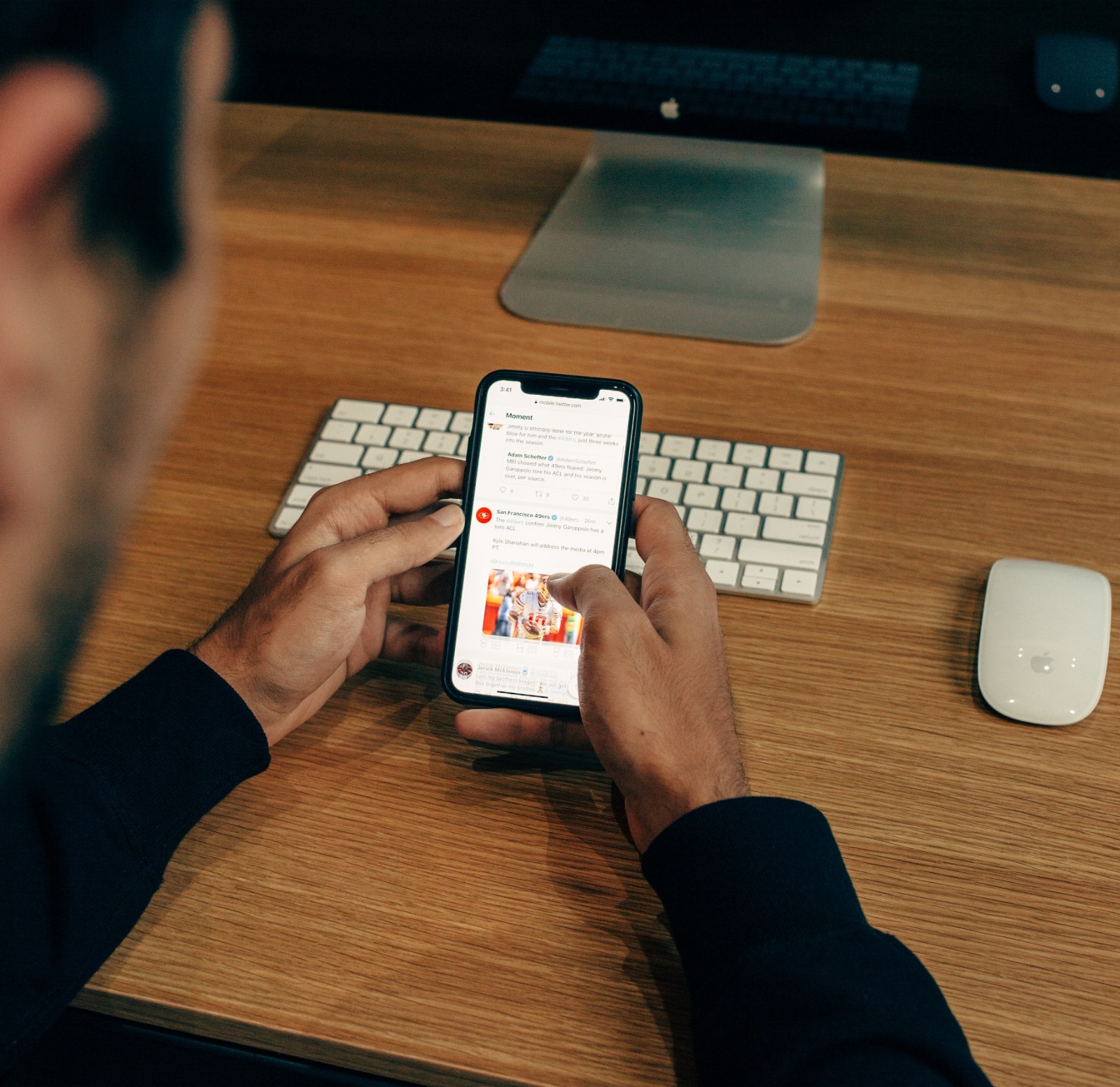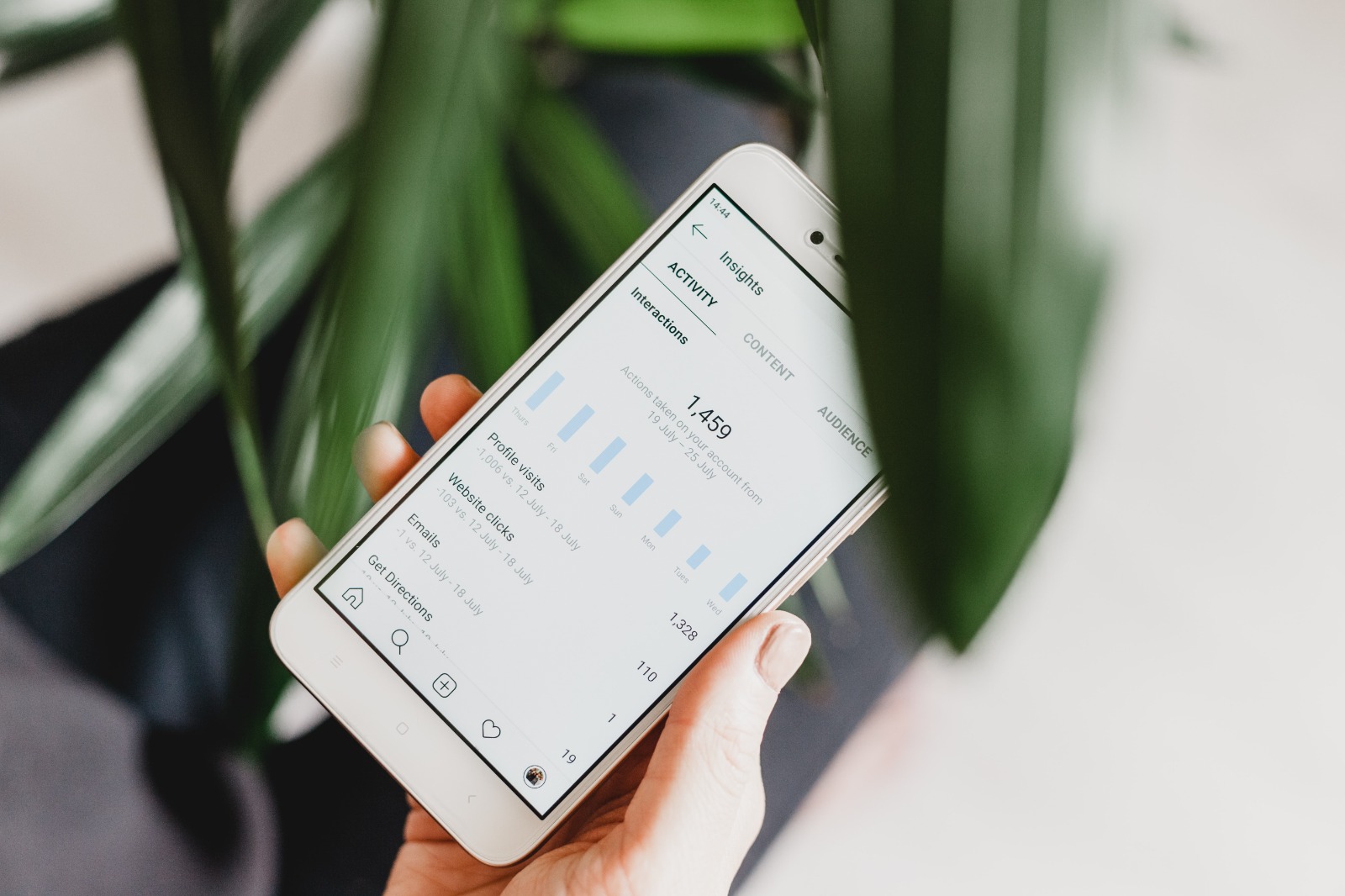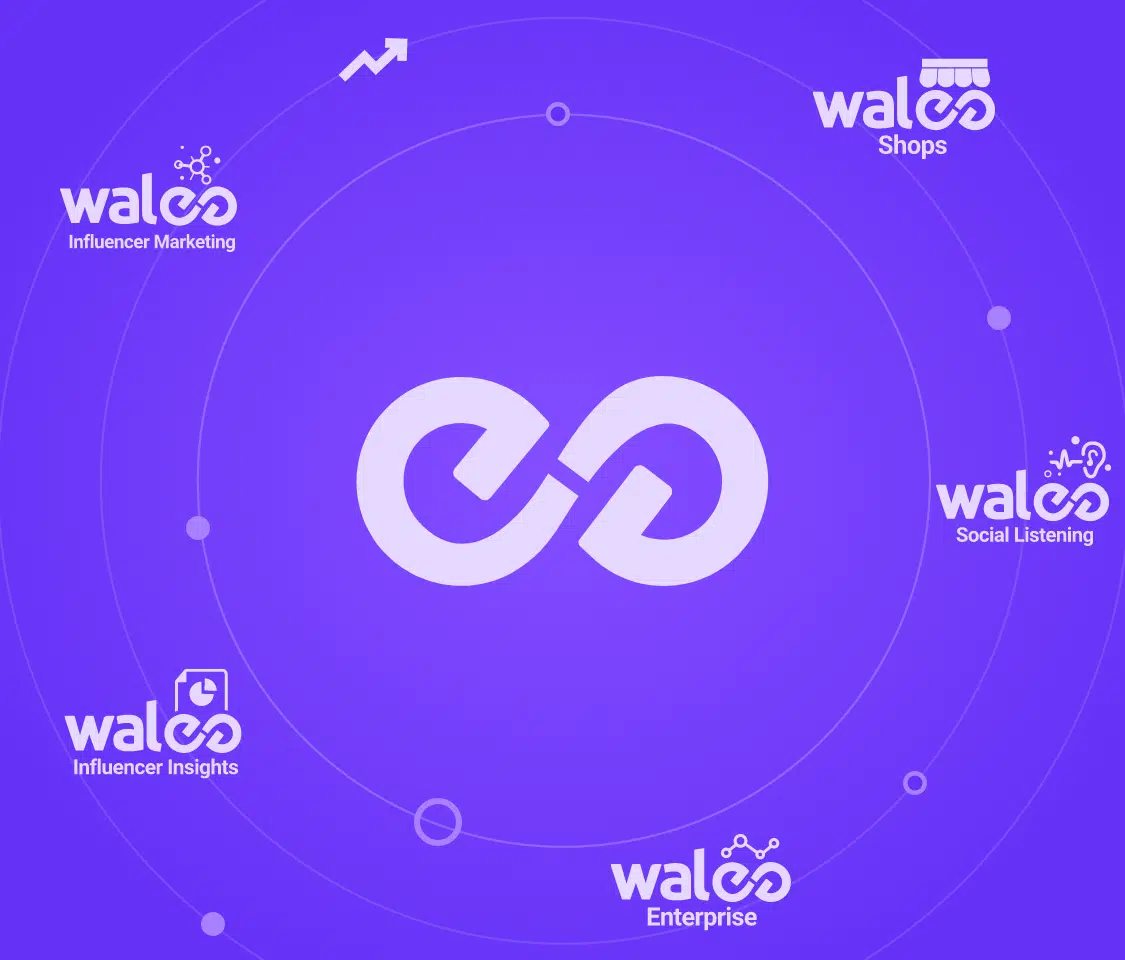The rise of creator brands has helped Social media influencers surpass traditional brands and shake up established systems with their own brands. Influencers interact with their communities regularly, and these communities are extremely loyal. This loyalty is unmatched and gives influencers remarkable selling influence. This strong devotion allows them to build brands as big as their followers.
The Influence of Trust
Traditional advertising methods have seen a decline in effectiveness, with 47% of customers resorting to Adblock technology. In this climate, the power of influencers shines through. Data from MuseFind reveals that a staggering 92% of consumers trust influencers more than traditional advertising or celebrity endorsements. This high level of trust is a testament to the genuine connections that influencers build with their audiences.
MrBeast Burger: An Iconic Example: Jimmy Donaldson, known by his 275 million followers as MrBeast, is a prime example of the influence and reach that a creator-led brand can achieve. A philanthropic YouTuber, Jimmy has not only amassed a massive following but has also leveraged his online presence to create MrBeast Burger, a brand that bridges the gap between the digital and physical worlds. What started as a virtual concept in 2020 quickly grew into a global sensation.
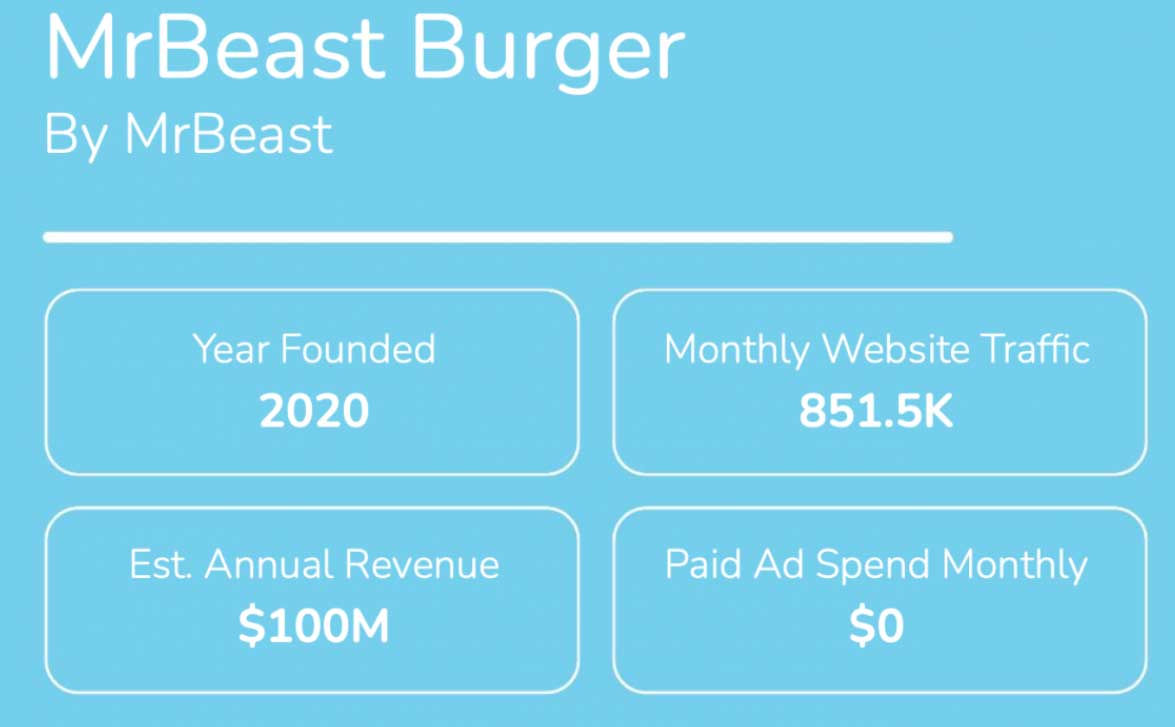
With online locations sprouting across the globe. The brand’s expansion from the digital realm to brick-and-mortar stores, including a world-record-breaking launch in New Jersey, showcases the limitless potential of creator-led brands. It highlights how influencers can translate their digital influence into real-world impact.
In our local context, we have numerous inspiring instances of homegrown influencers who have established their brands. Irfan Junejo, for instance, introduced Scnzcrew, while Laraib Rahim is known for her brand Organic Brown. Additionally, Syeda Urooj Fatima has introduced Serendipitybyrooj, and Waliya Najib has garnered attention with her brand PrelovedbyWaliya. The list continues endlessly with such smart examples.
The rise of these brands challenges the traditional notion of starting with a grand vision. These brands are less focused on a big purpose and more centered around the personality of the creator. They prioritize authenticity, connection, and interactivity with their audience. Video content is the primary communication medium, emphasizing the importance of direct engagement.
Creator brands benefit from their community of loyal followers. These communities provide valuable feedback and secure the product-market fit. As seen in the above cases, an influencer’s understanding of their audience’s preferences and interests drives content creation and brand expansion.
Rise of Creator brand along with Challenges and Rewards
While creator-led brands offer significant advantages, they also come with unique challenges. The creator’s personal brand is closely tied to the success of the brand, making individual decisions critical. Scaling can also be challenging as multiple brands and products enter the picture. However, solid diversification strategies and collaboration with secondary characters from the creator’s universe can alleviate these challenges.
Creator-led brands are rewriting the rules of brand building. They thrive on trust, authenticity, and direct engagement with their communities. The success of MrBeast Burger and other creator-led brands demonstrates the power of influencers to transcend the digital realm and make a significant impact in the real world. As we move forward, it is essential to consider how we can re-strategize our approach to establish and nurture these vital connections with our audience.
